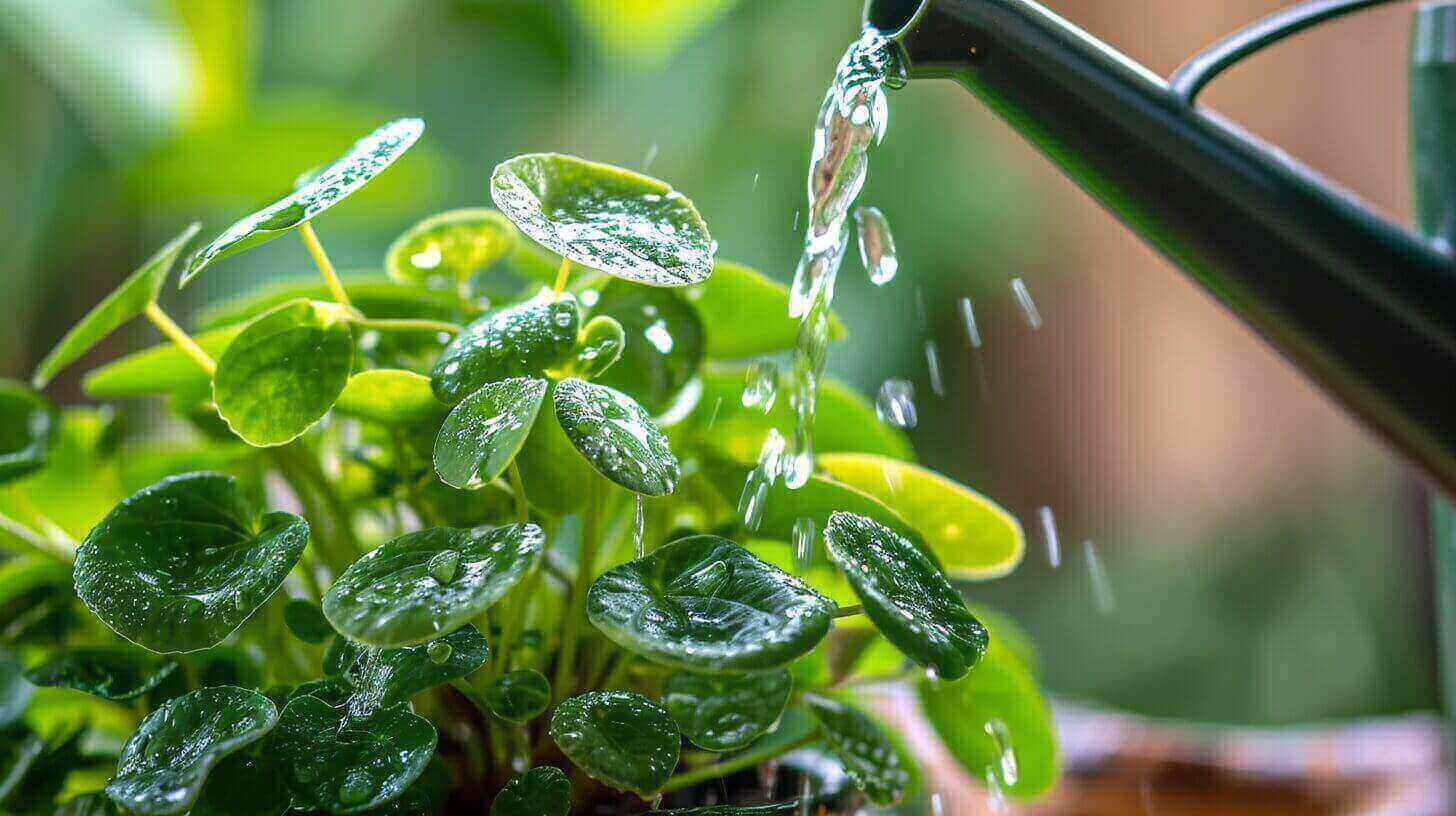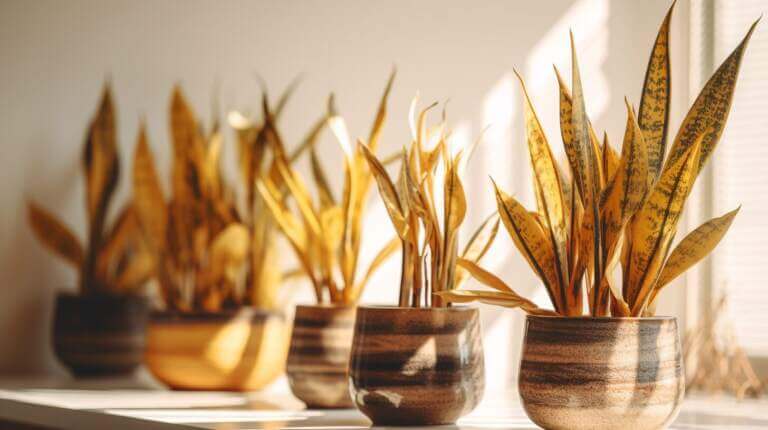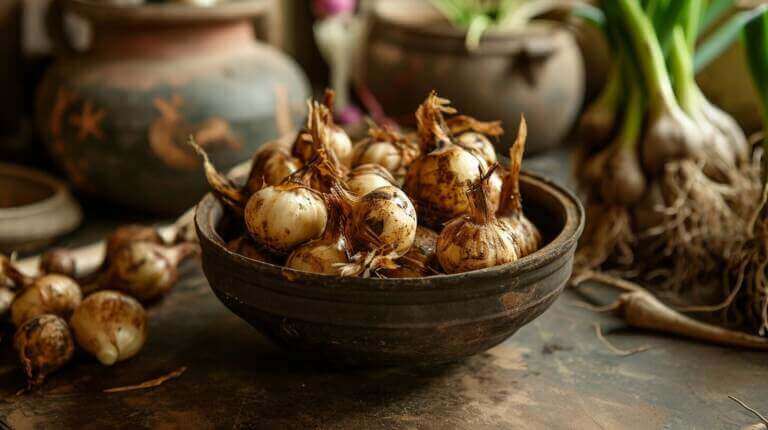Watering Peperomia Plants Properly: Amount, Timing, and Mistakes to Avoid
Peperomia plants are a popular choice for indoor plant enthusiasts due to their unique foliage options and relatively low maintenance. However, proper watering is essential to keep your Peperomias thriving. In this article, I will guide you through the best practices for watering your Peperomia plants, including the right amount of water, the timing, and common mistakes to avoid.
Key Takeaways:
- Proper watering is crucial for the health and well-being of Peperomia plants.
- Water your Peperomias when the top three-quarters of the soil is dry to the touch.
- Avoid overwatering, as it can lead to root rot and other issues.
- Ensure your Peperomias have good drainage to prevent excess water accumulation.
- Monitor the soil moisture regularly and adjust your watering schedule accordingly.
Understanding Peperomia Houseplant Watering Needs
Peperomia Plants and Their Water Requirements
Peperomia plants have specific watering needs that are crucial to their overall health and well-being. Like many houseplants, they can be sensitive to overwatering, which can lead to root rot and other issues. Therefore, it’s important to understand how much water they need and when to water them.
The watering needs of Peperomia can vary depending on the unique environment they are growing in and the species of the plant. Generally, it’s best to allow the soil to dry out about one-third of the way through the pot between waterings. This promotes healthy root growth and prevents the plant from sitting in soggy soil.
During the growing seasons, such as spring and summer, Peperomia plants may require more frequent watering. The fleshy or softer-leaved varieties may need more water compared to those with thicker leaves. It’s important to observe the plant’s condition and adjust your watering schedule accordingly.
The Importance of Drainage for Peperomia Plants
To ensure the proper watering of Peperomia plants, it’s essential to provide them with a well-draining soil mix. This allows excess water to flow through the pot and prevents waterlogged conditions that can lead to root rot. A mix of peat moss, perlite, and vermiculite can create an excellent, well-draining medium for Peperomia plants.
In addition to a well-draining soil mix, using pots with drainage holes is crucial. These holes allow excess water to escape and prevent water from accumulating at the bottom of the pot. It’s also a good practice to use a saucer or tray underneath the pot to catch any excess water and avoid waterlogging the plant.
Factors Influencing Watering Frequency
Peperomia Plant Size and Growth Stage
The size and growth stage of your peperomia plant play a significant role in determining its watering needs. Younger plants and smaller varieties may require less water compared to larger, more established plants. As a general rule, smaller plants have smaller root systems, which means they may not need as much water to sustain their growth. On the other hand, larger plants with extensive root systems may need more frequent watering.
Environmental Conditions and Watering Frequency
The environmental conditions in which your peperomia plant is situated also influence its watering frequency. Factors such as light, temperature, and humidity levels can affect how quickly the soil dries out and how often your plant needs water.
In brighter and warmer environments, the soil may dry out faster, necessitating more frequent watering. Conversely, in lower light conditions or cooler temperatures, the soil may take longer to dry out, reducing the frequency of watering. Additionally, high humidity levels can slow down the evaporation rate of water from the soil, leading to less frequent watering.
It’s important to note that these are general guidelines, and it’s essential to monitor your individual plant’s condition and adjust your watering schedule accordingly. Checking the moisture level of the soil with your finger or using a moisture meter can help determine when it’s time to water your peperomia plant.
Amount of Watering
Determining the Right Amount of Water for Peperomia Plants
When it comes to watering your peperomia plants, finding the right amount is crucial to their health and well-being. One common method to determine if your peperomia needs water is by feeling the soil. As a general rule, you should wait until at least the top inch of soil is dry before giving more water. If the soil is still wet, you risk overwatering your plant, which can lead to root rot and other issues. It’s better to underwater your peperomia than to overwater it, as these plants are more tolerant of slight drought conditions.
Another useful tool you can use is a moisture meter. These devices measure the moisture content of the soil and can give you a more accurate reading of when it’s time to water your peperomia. When the moisture meter reads 2 or even 1, it’s time to water your plant.
Watering Techniques for Peperomia Plants
When watering your peperomia, there are two main techniques you can use: top watering and bottom watering. Top watering involves pouring water directly onto the soil surface, allowing it to penetrate through to the roots. This method is quick and effective, but it’s crucial to avoid getting water on the leaves, as peperomias are prone to rot if their foliage stays wet for too long.
Bottom watering, on the other hand, involves filling a tray or saucer with water and allowing the plant to absorb moisture through the drainage holes in the bottom of the pot. This method ensures that the roots are getting the water they need without risking overwatering.
Timing of Watering
Best Time of the Day to Water Peperomia Plants
When it comes to watering peperomia plants, the timing can play a significant role in their overall health and well-being. The best time of the day to water your peperomia is in the morning. This allows the plant to absorb the water throughout the day and gives it enough time to dry before evening. Watering in the morning also helps prevent water from sitting on the leaves for an extended period, reducing the risk of fungal diseases.
Avoid watering your peperomia plants in the late afternoon or evening. Watering at these times can result in water remaining on the leaves overnight, which can create the perfect environment for molds and bacteria to thrive. Wet foliage during the night can also make the plant more susceptible to diseases.
Frequency of Watering Peperomia Plants
Determining the frequency of watering for your peperomia plants depends on various factors, such as the current season, temperature, humidity, and the moisture level of the soil. As a general guideline, watering thoroughly every 10-14 days should be sufficient, particularly during the growing season. However, during the summer or in warmer conditions, you may need to water more frequently, possibly every 7-10 days.
To ensure that your peperomia is getting the right amount of water, it’s essential to regularly check the moisture level of the soil. You can do this by using a moisture meter or simply by feeling the top inch of the soil with your finger. If the top inch feels dry, it’s time to water your peperomia. However, if it still feels moist, it’s best to wait a bit longer to avoid overwatering.
It’s important not to let the soil stay dry for too long between watering sessions as this can stress the plant and impact its overall health. Aim to strike a balance and avoid situations where the soil remains too wet or too dry for extended periods.
Signs of Underwatering
Identifying Signs of Underwatering in Peperomia Plants
Underwatering can cause various visible signs in peperomia plants. One of the most apparent signs is leaf loss. If you notice that your peperomia is losing a significant number of leaves, it may be an indication of underwatering. Additionally, the leaves may turn yellow and eventually fall off.
Another common symptom is brown crispy leaf margins. When a peperomia plant doesn’t receive enough water, the edges of the leaves may dry out and become brown and crispy. This is a signal that the plant is not getting sufficient moisture.
It’s important to check the soil moisture level to confirm the cause of these signs. If the soil feels dry to the touch, the plant is likely underwatered. In this case, it’s crucial to provide the plant with adequate hydration to revive it.
How to Revive an Underwatered Peperomia Plant
To revive an underwatered peperomia plant, it’s essential to strike the right balance in watering. Begin by thoroughly soaking the soil to ensure that it is properly hydrated. It’s advisable to water until the excess water drains out from the bottom of the pot, ensuring deeper penetration into the root zone.
After watering, allow the soil to dry out before watering again. This will prevent overwatering and avoid creating a waterlogged environment that can harm the plant’s roots. To determine when to water, gently push your finger about an inch into the potting mix. If it feels dry at that depth, it’s time to water again.
FAQ
How often should I water my Peperomia plants?
In the spring and summer months, water your Peperomias when the top three-quarters of the soil is dry to the touch. This usually occurs every 1-2 weeks, but the frequency may vary depending on the light conditions your plant receives.
Where should I place my Peperomia plants in terms of light?
Peperomia plants thrive in medium to bright indirect light. They should be kept away from direct sunlight, as excessive sun exposure can damage their foliage. South, southwest, and west-facing windows with sheer curtains or located a couple of meters away from the window are ideal for Peperomias.
How often should I fertilize my Peperomia plants?
Peperomia plants are light feeders and do not require excessive fertilizing. It is recommended to fertilize them once a month during the spring and summer months using a generic houseplant fertilizer at half strength. Always ensure that the soil is evenly moist before applying fertilizer.
How do I propagate Peperomia plants?
Peperomia plants are relatively easy to propagate. You can propagate them through stem cuttings or leaf cuttings. Simply remove a healthy leaf or stem from the mother plant, allow it to dry for a few days, and then place it in a well-draining potting mix. Keep the soil moist and within a few weeks, you should start seeing new roots and growth.
How do I care for a Peperomia plant?
Peperomia care involves providing indirect sunlight, maintaining a warm temperature, and watering the plant thoroughly when the soil is dry to touch. It’s also important to avoid overwatering to prevent root rot.
How often should I repot my Peperomia plant?
You should repot your Peperomia plant every 2-3 years or when the plant outgrows its pot. Repotting helps refresh the soil and provides the plant with more room to grow.
Are all varieties of Peperomia plants easy to care for?
Yes, most varieties of Peperomia plants, including Watermelon Peperomia, Peperomia Obtusifolia, and Peperomia Caperata, are easy to care for. They are great for beginners and make excellent indoor plants.







